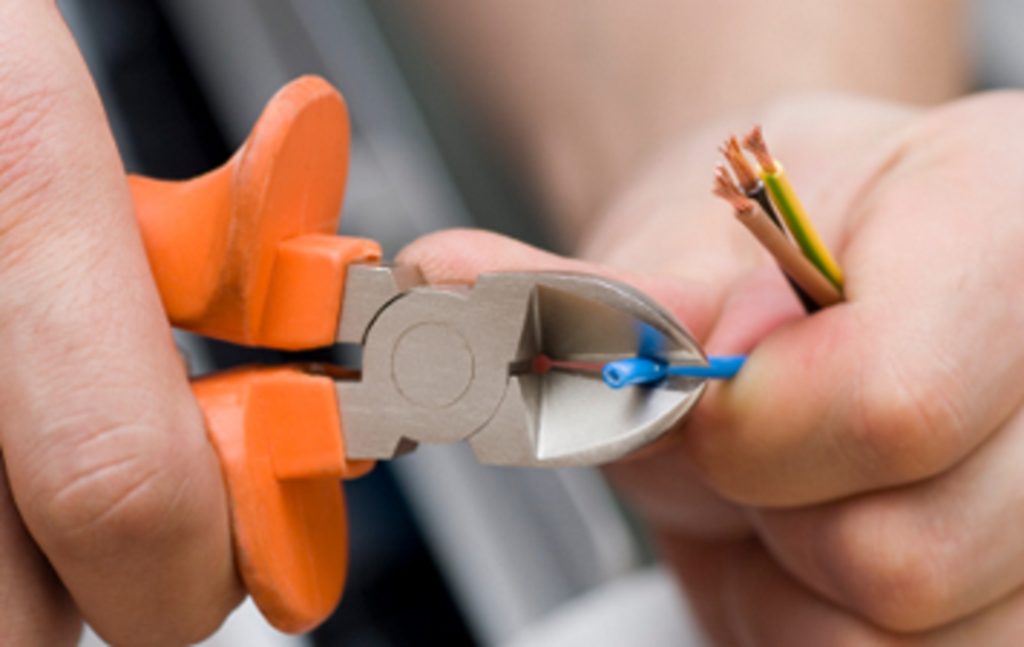As a prepper, you should train your hands on many domains for maximum autonomy. You should learn how to change an electrical outlet or its connectors, or to replace a nude cable or to isolate your cables without calling an electrician.
More important than that, you should have the capacity to substitute an electrical source that’s no longer effective with another working one.
Why?
When you learn the basics of electricity, it becomes possible for you to solve the problems you may face by tinkering solutions to temporary or permanent issues.
Some examples:
- You need current to operate an apparel connected to the power through a current adapter, but there is a power outage.
- You battery loader’s adapter is dead, the electrical network is no longer working and you really need to reload your batteries.
- You want to power an apparel that requires 8 AA batteries, but you no longer have them and you can’t find them in the shops, because it‘s chaos outside.
- You need 6 D format batteries, but you only have 2 of them.
For all these small problems that seem impossible to manage, there are many solutions. They require some tools and a minimum of knowledge and experience.
Fundamentals:

Voltage, power, and density
- Voltage is measured in volts
- Density is measured in amps
- Power is measured in watts
- Watt = Volt * Amps
If I have a system that works with 12 volts and need 20 amps, my system will consume 240 watts which are 12 volts * 20 amps
Direct current and alternating current
- Direct current circulates in one direction through the wire. The abbreviation for the direct current is ‘DC’.
- The alternating current circulates in two directions through the wire. The abbreviation for the direct current is ‘AC’.
- We can’t use direct current when the system requires a direct current and vice-versa.
- We can convert a direct current into an alternating one (and vice-versa) by using an inverter.
Polarity
- It’s the polarity difference in electricity that produces the current. We note it symbols by ‘+’ and ‘-‘.
Phase, neutral, electrical grounding
Electricity needs at least 2 conductors to circulate. In our usual electrical system, we often find 3 conductors. These conductors a called “phase’ and ‘neutral’ and the third one are ‘ground’.
- The phase conduct the positive polarity
- The neutral conduct negative polarity
- The ground is a wire that will be linked to a metallic mass or to the ground. It’s a safety device.
Series circuit
It’s a way to link the equipment so the current goes only through one path. It reduces the voltage when the system consumes the current but increase the tension when the system feeds into another system in the current (example: battery linked in series)
10 batteries of 1,2 volts and 1 Ah (Amps hour) linked in series produce 12 volts of current at 1 Ah. The tension produced is 10 times higher without varying the intensity.
Parallel circuit
A way to link equipment to let the current to go through many paths. The tension stays equal everywhere but will make the amps vary.
10 batteries of 1,2 volts and 1 Amp, linked in parallel produce 1,2 volts of current at 10 Amp. The intensity produced is 10 times higher without variating the tension.
Conductivity

This circuit can even pass through your body if the voltage is high enough while you are in contact with one of the wires, that may be the last thing you will touch so stay safe.
When you want to put your hand on electrical tinkering, you will need these tools:
Needle nose, pliers, and wire cutters
Flush cutters
Tweezers
Wire strippers
Hot glue gun and Blue tape to hold things together
Screwdriver
Clip Leads
Jewelers Eye Loupe – sometimes things are too tiny to give a perfect result
Multimeter, take another Test leads with all interchangeable points
Power supply
Banana plug test leads
Soldering iron and a Helping third hand
Fine gauge solder – The finer the better, I usually go for 0.32 diameter solders
Oscilloscope
Security
The first rule here is to always work with systems that are NOT alimented in electricity. It means that you must disconnect the apparels, or cut the electricity supply from the circuit breaker, putting it simply in pause keep the apparel from functioning but will still supply it in the current.
How do we verify if a system is alimented or not? Visually or physically; by checking if the alimentation cable is connected. If it’s a system with an internal battery, verify that the battery is disconnected.
For the other equipment that is directly linked to the electrical system, use a multimeter.
Learn to use a voltmeter with this video
When we work directly on wires or cables in the house we absolutely have to check that they are not supplied in electricity using a voltmeter.
Here is a video explaining how to do basic home wiring
It’s not necessary to wait for the apocalypse to develop and put in practice your knowledge of electricity, get the basic equipment you need and start practicing.






